Important Point
How Does a Wood Plane?
The wooden Plane works by taking off very thin layers of material shavings when pushed along the wood plain, and with Japanese planes, it removes the shavings when pulled along the plane wood.
This process allows you to remove the material to straighten and smooth it to give a nice clean finish.
You will notice that when you are planning the material, the excess material comes up from the neck of the Plane, so it is important to keep your Plane sharp and remove the buildup of shavings when planning.
The throat lever is in front of the cap; if your Plane is set to cut a lot of material, the material will be harder to remove; always set your Plane to remove the thin strips, and the result will be a clean and smooth finish.
Keeping the edge of cutting iron as close to the sole as possible will really help avoid unnecessary splits; Be careful not to “choke” the Plane.
Choking your Plane occurs when the shavings being removed become stuck in the mouth of the Plane and will result in splitting and damage to the surface of the material being employed.
Remember to adjust the position of your Plane’s blades for the amount of material you want to remove; the larger the mouth opening, the more material will be ejected.
And the smaller the mouth, the less material will come out. Depending on the types of material you are working on, the size of the mouth will need to be adjusted to achieve the correct position.
Parts of Wood Plane:
1. Lever Cap
This is a clamping piece of metal that fits over the blade and locks it in place. It is one of the essential parts of a jack plane. The lever caps are held in position using a screw & a locking cam. When locked in its position, it locks the blade and chip breaker in place & can be easily removed when you need to removes a buildup of wood shavings while you’re working.
2. Chip Breaker
This piece between the blades & the lever cap redirects the shavings that are removed during planning. You’ll see this in action as the shavings come out as curly pieces of wood removed.
3. Iron
The blade has a large keyhole type slot that allows the screw and depth adjustment controls to go through it. The blades are secured by a lever cap at 45 degrees and to the sole [lower plate] with the workpiece facing up.
4. Adjustment
All types of wooden planes will have a wheel and lever used for adjustment of blade cutting depth and lateral angle. Make sure your blade is adjusted so that it is parallel to the base. If the Plane is not right on you, you can adjust the lateral angle of the blade using the left or right lateral adjustment controls as needed.
5. Tote
This rear handle is sometimes called a tote. I think it got this name from the way you carry your aircraft. It is usually designed to fit the user’s dominant hand to comfortably push the aircraft.
6. Knob
This is the round knob on the front of the Plane that is grabbed during the planning process; It is usually shaped like a ball.
7. Frog
Is a piece of steel nail with an iron, chip breaker, cap, and adjustment controls. It is used to determine the distance between the cutting edge of the blade and the front of the mouth.
8. Sole
It is the base or bottom of the aircraft that makes contact with the material during the planning process. Some types of wooden planes have a ribbed sole that reduces friction during planning. This feature is really handy when planning sad types of wood.
Also, Read: What Is Bearing Crush? | Bearing Crus | Checking of Bearing Crush
Useful Article For You
- How Much Is a Catalytic Converter Worth
- How Do Generators Work
- How to Test a Car Battery with a Multimeter
- How Do Airplanes Fly
- How Does a Transformer Work
- How to Fix a Coolant Leak
- How Do Jet Engines Work
- How to Test If Starter Is Bad
- How Does an Alternator Work
- How Does a Steering Wheel Lock Work
- How Does a Torque Converter Work
- How Does Hydropower Work
- How Does a Radiator Work
- How Does a Pulley Work
- How Does Welding Work
- How to Change Battery in Honda Key
- How to Clean Under Nails
- How to Fix a Radiator Leak
- How to Fix Service Stabilitrak
- How Do Turbos Work
- How Do Rivets Work
- How Many Gears Does a Semi Truck Have
- How to Fix a Leaking Roof
- How Does a Cvt Transmission Work
- How Do Air Brakes Work
- How to Reset Ac Unit
- How Many Steps Are on an Escalator
- How Do Drum Brakes Work
- How Does an Inverter Work
Types of Wood Planes:
1. Bench Plane
Bench planes are workhorses of types of hand planes, but unlike most other planes on this list, this isn’t a stand-alone tool but more of a category where multiple hand planes become lumped.
This misnomer causes a lot of confusion, especially among new woodworkers who do not understand that an experienced woodworker can call a fore plane, jointer plane, or smooth Plane a bench plane.
Many also called bench mounted electric Plane, bench plane The hand plane, a whole class of bench plane ranges from a humble five to an impressive 30 inches tall and is the dominant workhorse in the hand plane family.
These have blades that sit beveled down at a 45-degree pitch.
These are reinforced by a cap iron, which also serves to protect the mouth from clogging.
Benches planes are numbered, and an entire article could be written on the difference between each individually numbered size.
However, there are some common types of planes that are considered to be types of bench planes, most notably four planes, jointer planes, and smoothing planes.
2. Molding Plane
Designed for work on molding and edge trim, these are perhaps the most durable of all aircraft, with some still in use for over 100 years if care is taken.
The molding plane, as the name suggests, is for working on molding and trim. These planes are extremely durable and are often made of wood.
Molding planes are also essential furniture crafting tools because you can do fine detail work with them.
3. Plough Plane
These plane types, specifically plough planes, have a fence and a depth gauge, so they can cut grooves and rabbets. The blade is set at a 35-degree angle.
Plow planes have a fence and a depth gauge, which allows you to cut grooves in your wood as well as in rabbets along the edge.
Plow plane is the tool you need for tongue and groove projects.
4. Rabbet Plane
Designed specifically for cutting rabbit joints, the Rabbet Plain has been around for centuries.
The blade protrudes the tiniest amount from the sides of the tool, allowing a square cut with less risk of bonding.
The rabbet plane is specifically for cutting rabbet grooves along the edges of the boards.
These planes are usually about 10 inches long, and the blade is slightly wider than the tool allowing square cuts.
5. Bull-Nose Plane
Bull-nose planes are smaller and typically range from 3 to 4.5 inches long. It has a slender body with a slightly wider blade.
Use this tool to eliminate rabbits and can be helpful for detailed work. The low-angle blade is extremely sharp for cutting across the grain.
The bullnose Plane is designed to eliminate rabbets, and the lower angle of the blade allows it to cut along the end grain and grain.
It gets its name from metals “nose” that forms a natural stop at the front of the blade.
For this reason, it is best used on rabbits that do not span the entire length of the piece. Some model is adjustable, and some have a removable nose.
Also, Read: What Is Cylinder Block? | Materials of Cylinder Block and Liner | Construction of Cylinder Block
6. Chisel Plane
Chisel planes are a special type of aircraft that lack any kind of guard at the front of the blade.
This allows them to reach and clean the edge of a cut where other planes cannot reach.
Chiseled aircraft lacks a front guard, which allows them to reach areas other aircraft cannot reach. These aircraft are quite easy to use and simple in design.
7. Combination Plane
The combination plane, a unique wood plane type, has an interchangeable cutting blade that you can turn to perform tasks for other planes.
With a few adjustments, you can make the tool look like molding or a rabbet plane. One of the disadvantages of many specialist tools is the fact that the amateur craftsman cannot buy the complete set.
While not very commons, combination planes have an interchangeable cutter, which allows them to perform tasks of many more specialized tools, such as rabbets or molding planes.
8. Compass Plane
The compass plane, also called a circular plane, has an adjustable curved sole, which allows you to use the Plane on a curved surface.
These aircraft operate where other aircraft fail, but they take some practice to operate correctly.
One of the more unusually designed aircraft, the spherical Plane, has a curved sole that is often adjustable. This allows you to use the Planes on curved surfaces and details.
9. Finger Plane
A finger plane is a small tool used to work out detail on small objects such as tools and is often used to remove excess glue.
These are not adjustable, so you may have to buy more than one to complete each task.
They can’t be adjusted, although you’ll find a variety of flat and curved soles in the artisan’s workshop. Since they are mainly used for thin boards, the blades are of very narrow width.
10. Fore Plane
Fore planes are large and can be 14 to 20 inches long, with a foreplane usually being the first-hand Plane hitting a rough board.
This removes material quickly, and the length allows it to partially straighten the piece.
You use these planes to smooth out rough boards. This removes the wood quickly to prepare it for finer tools. You can also use it to smooth out some boards a bit.
Also, Read: What Is Cylinder Liner? | Material for Cylinder Liner | Function of Cylinder Liner | Types of Cylinder Liner
11. Jack Plane
The jack plane, one of the different types of wood planes, is another large plane that can be 12 to 17 inches long.
When it comes to wooden planes, many woodworkers consider the jack plane to be the jack of all trades.
This tool is for removing warp and truing longboards. These tools are sometimes used as substitutes or for a catch-all when equipment is limited.
Useful Article For You
- Arc Welding
- Tin Snips
- Vehicle Services Division Letter
- Car Shaking When Idle
- Beater Car
- Service Battery Charging System
- Types of Hammers
- Types of Bolts
- Resonator Delete
- Motorcycle Engine
- What Is a Flywheel
- What Is a Head Gasket
- Car Water Pump
- Screw Vs Bolt
- Car Wheel Parts
- Battery Saver Active
- File Tool
- Best Head Gasket Sealer
- Cheapest Place to Get Brakes Done
- Tire Feathering
- Ecm Motor
- Nut Vs Bolt
- Jackscrew
- Types of Aircraft
- Ship Engine
- Automobile Definition
- Vortec 6000
- How Does a Potentiometer Work
12. Router Plane
This unusually shaped Plane is designed for getting into corners or leveling the bottom of depressions in detailed work that would otherwise require chisels.
The router plane can go into corners and flatten the bottoms of dives. Modern hand tools are quickly making this aircraft obsolete, but you can still find them in many workshops.
13. Scrub Plane
The scrub is meant to remove plain material quickly. It has a large handle and a sharp blade for preparing larger boards for other types of aircraft.
Originally designed for ripping work, this Planes removes material quickly, allowing you to switch to your benches planes when a large board is cut to size.
14. Shoulder Plane
The shoulder planes resemble the bullnose plane in design but measure up to eight inches in length.
Like bullnose planes, they are great for working with detail. However, the long nose helps to ensure that the Plane remains flat and is primarily used to cut the shoulders of rabbets and tenon joints.
They also have similar uses, but the larger size helps them lay flat.
Many lump shoulders and bullnose plane together because they both have noses. However, bullnose aircraft are unable to register properly when attempting shoulders.
15. Smoothing Plane
Smoothing planes are the ultimate tool in the bench plane family. They are five to ten inches long and leave the surface ready for any finishing.
They can also be used for general planning purposes or for leveling high places. They are usually 5 to 10 inches long and provide you with a smooth, flat surface.
16. Block Plane
Block planes are the first type of aircraft that many people get due to their low cost, small size, and versatility.
These tools remove the end grain, which is what happens when you cut boards with a saw, and they can also help shape & smooth the woods.
Block planes usually have either a 20-degree blade or a 12-degree blade, and you can usually use them with one hand.
Generally considered DIY go-to for its low costs & compact size, a good block plane can work wonders.
They are designed for end grain cutting, shaping, and chamfering; And they can be used with one hand, making them excellent finishing tools.
Between the cost and quality, this is a one-handed plane that you’ll find in most workshops.
17. Jointer Plane
Joint planes are the longest planes. This tool can be 22 to 30 inches long, and because they are so long, you can use them to straighten curved boards.
The long sole lengths make them perfect for upright jobs. When working in sequence, the adder is actually the middle bench plane in the great trifecta.
18. Kanna Japanese Plane
Kanna is one of the most popular plane planners in Japan, and many woodworkers consider it one of the best hand planners you can buy.
These are very simple hand planes, consisting only of a Japanese oak body, blade, & chip breakers pin which holds the blade in place.
Simple mallet taps are used to adjust the blade. Like Japanese bridge saws, Kannas is used to cut the pull stroke, which allows for finer control.
Once mastered, their accuracy is difficult to match with even the best Western instruments.
This tool is a little harder to install than many others, but its wooden body is more responsive than metal.
It is also unique in that it cuts the pull stroke instead of the push like most aircraft giving better control.
19. Leveling Plane
Leveling planes, one of the hand plane types, are the second most common planer in most workshops and are almost identical to the jointer plane.
This allows them to not only covers more area but also have a much tighter cut than the competition.
This Plane is slightly wider than the others, allowing it to cover more area with each pass. The wide surfaces also allow for straighteners cut.
Other planes considered to be leveling planes are the forward Plane and the combined Plane. Pictured above is a vintage leveling planter.
Frequently Asked Questions (FAQ)
Parts of a Wood Plane
1. Lever Cap
2. Chip Breaker
3. Iron
4. Adjustment
5. Tote
6. Knob
7. Frog
8. Sole
Types of Wood Planes
1. Bench Plane
2. Molding Plane
3. Plough Plane
4. Rabbet Plane
5. Bull-Nose plane
6. Chisel Plane
7. Combination Plane
8. Compass Plane
9. Finger Plane
10. Fore Plane
11. Jack Plane
12. Router Plane
13. Scrub Plane
14. Shoulder Plane
15. Smoothing Plane
16. Block Plane
17. Jointer Plane
18. Kanna Japanese Plane
19. Leveling Plane
What Is a Wood Plane?
A plane is a tool for shaping wood. Planes are used to flatten, reduce the thickness of, and impart a smooth surface to a rough piece of lumber.
Large Wood Plane
The handle and knob are made of real natural wood (stained, polished, smoothed, and finished). The plane is 14-inches long and 2-inches wide.
Like this post? Share it with your friends!
Suggested Read –
- Is the Ford Maverick Electric
- What Type of Engines Are There
- Difference Between Orthogonal and Oblique Cutting | Orthogonal Machining
- What Is Magneto Ignition System | How Does an Ignition System Work | How Does a Magneto Work | What Does a Magneto Do | Magneto Ignition System
- What Is a Synchromesh Gearbox? | Principle of Synchromesh Gearbox | Construction of Synchromesh Gearbox | Working of Synchromesh Gearbox
- Working of Constant Mesh Gearbox | What Is a Constant Mesh Gearbox? | Different Gear Ratios in Constant Mesh Gearbox | Construction of Constant Mesh Gearbox
- What Is Cupola Furnace? | Cupola Furnace Design । Cupola Construction | Purpose of Cupola | Working Principle of Cupola Furnace: | Advantages of Cupola Furnace | Disadvantages of Cupola Furnace | Applications of Cupola Furnace
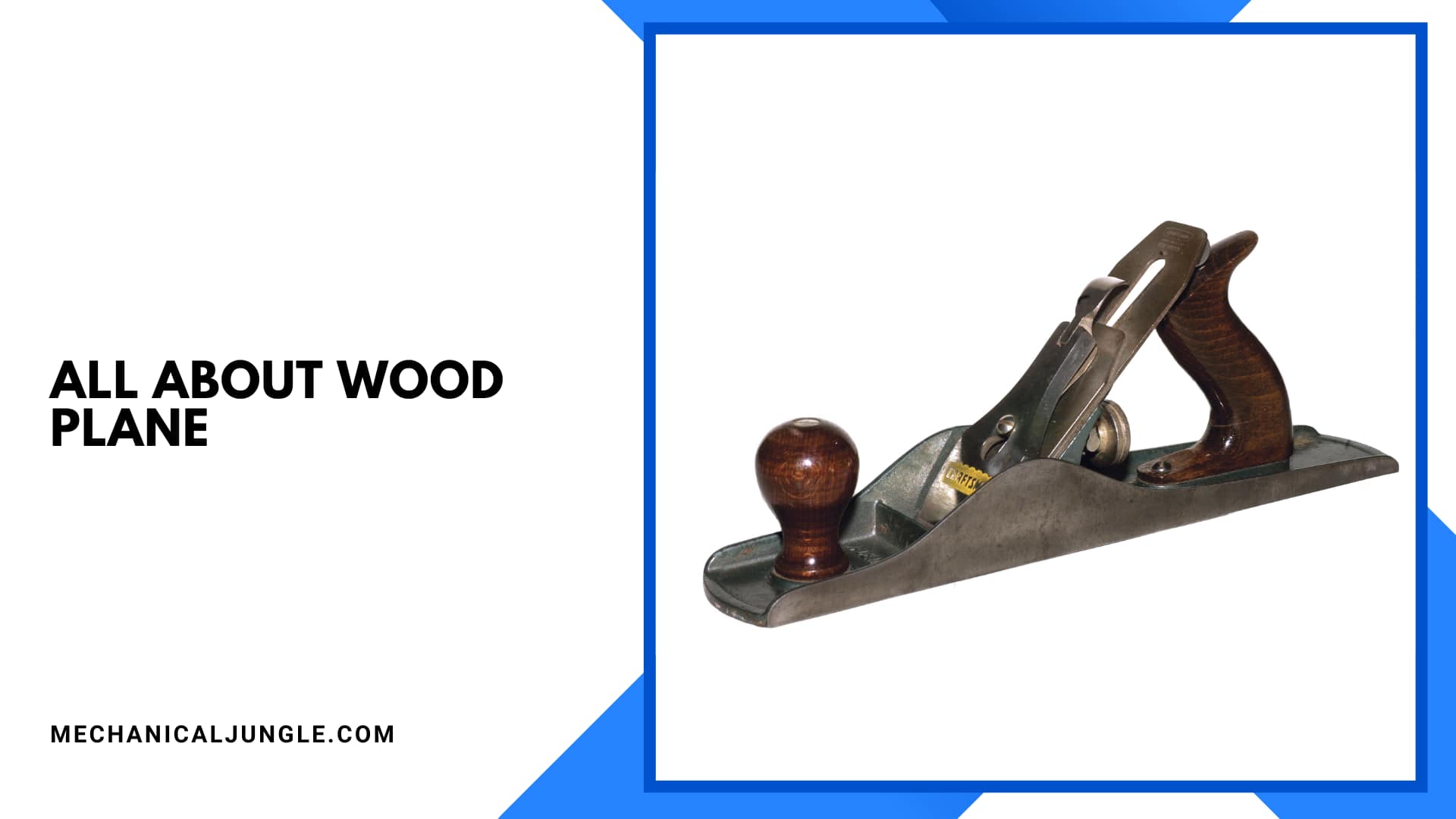
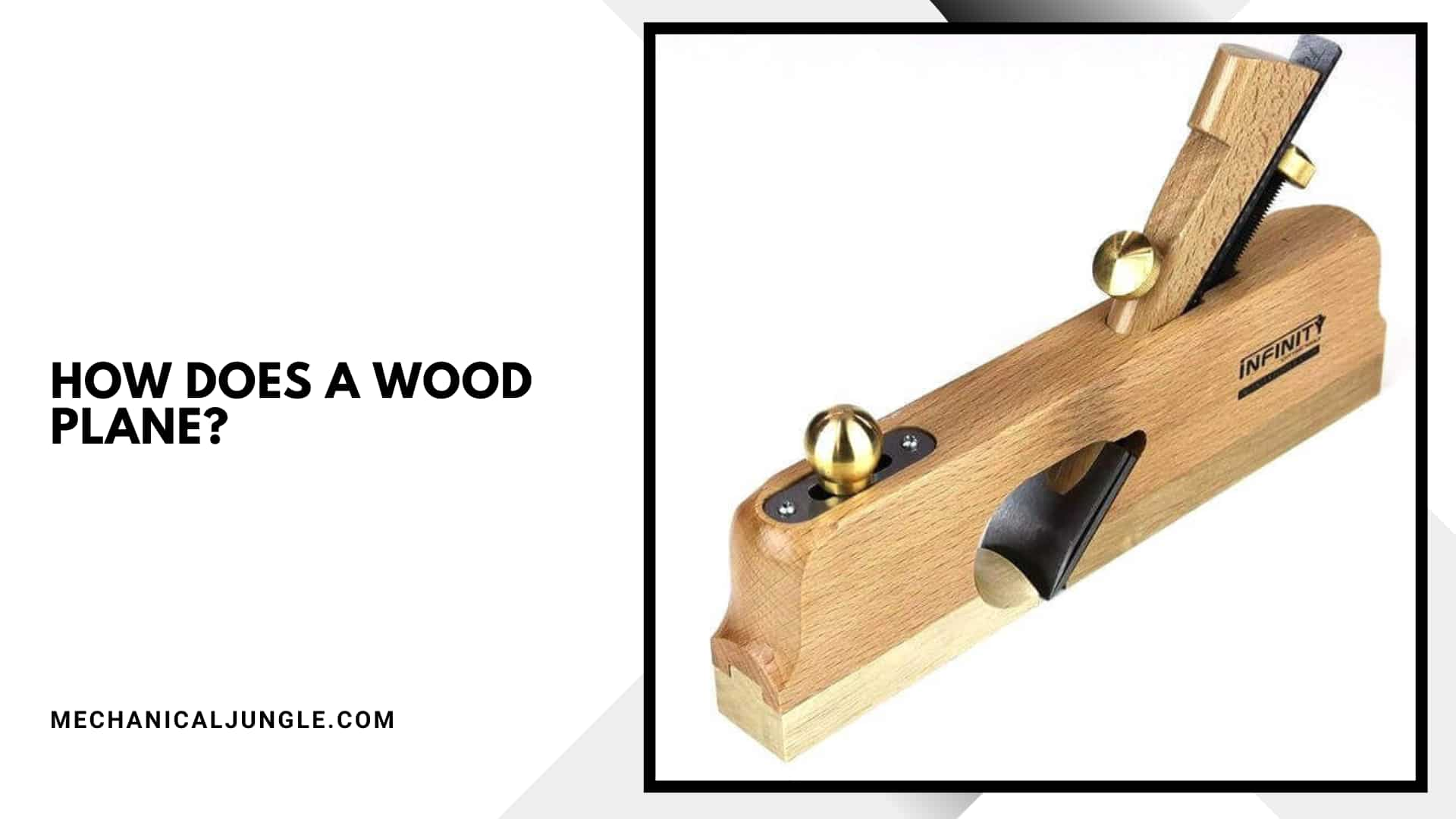

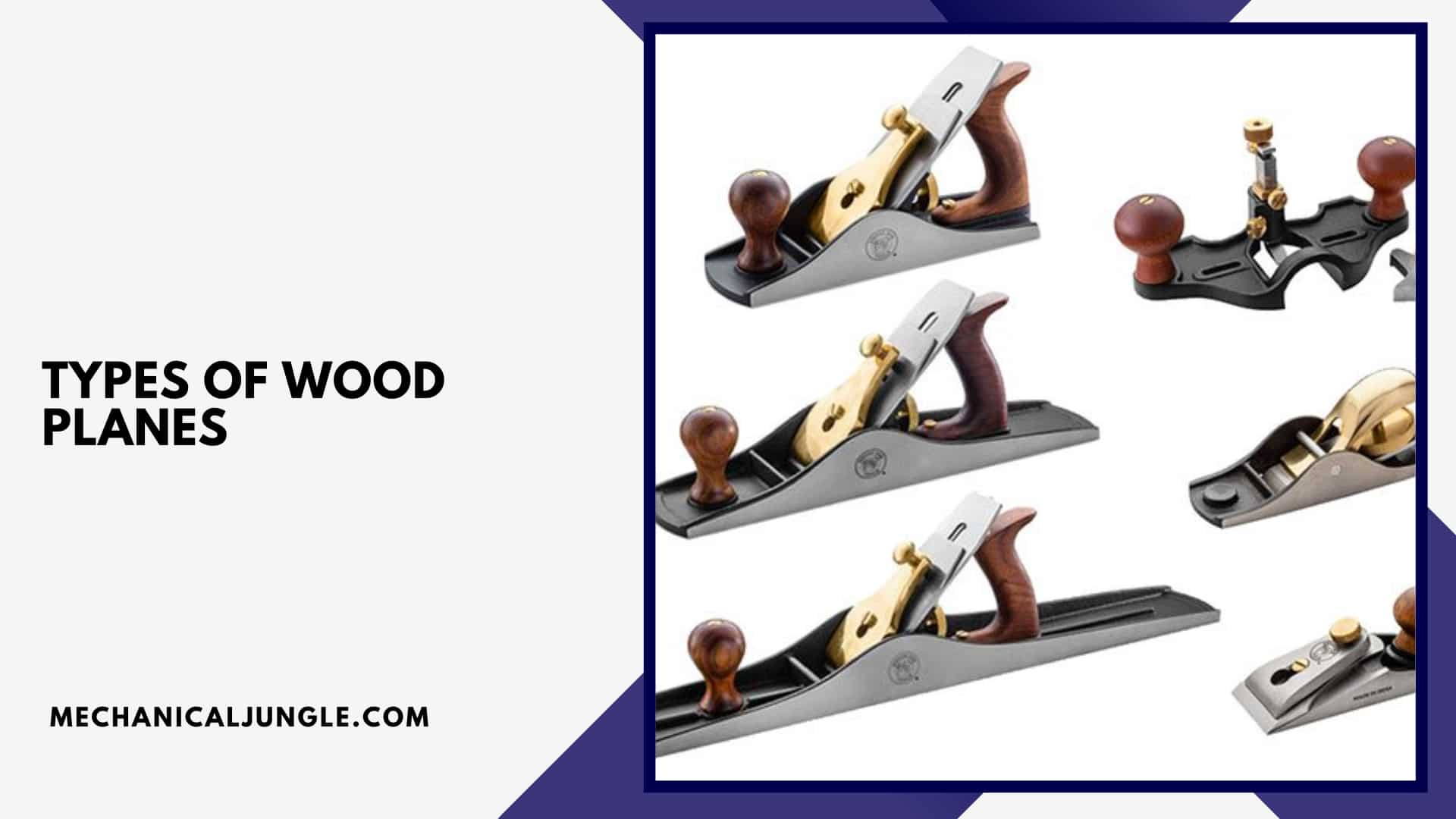
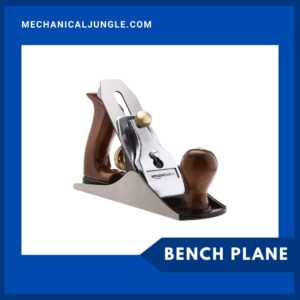
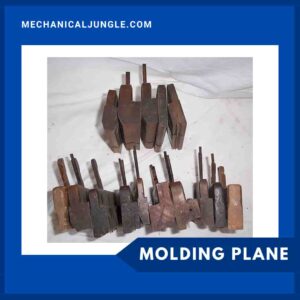
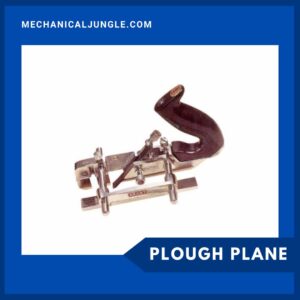
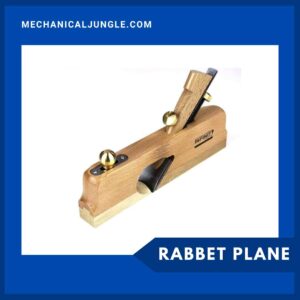
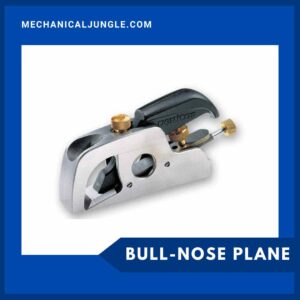
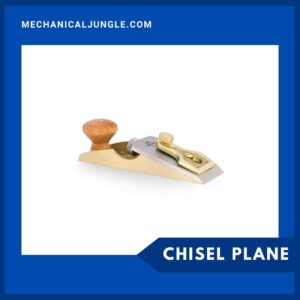
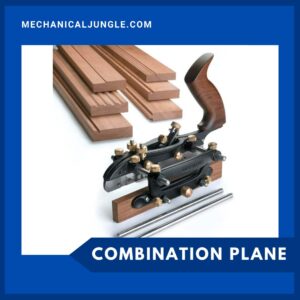
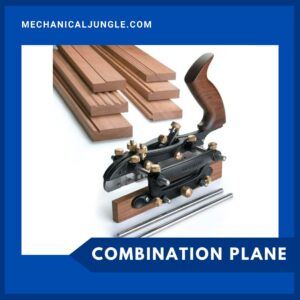
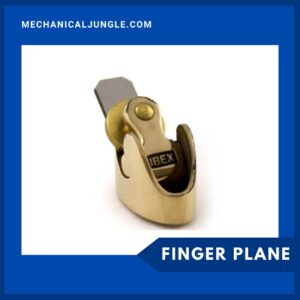
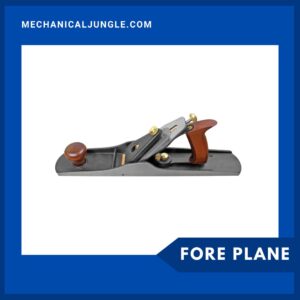
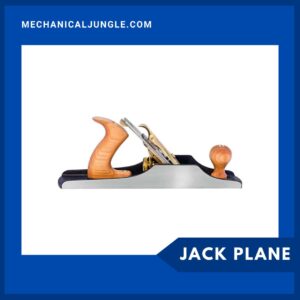
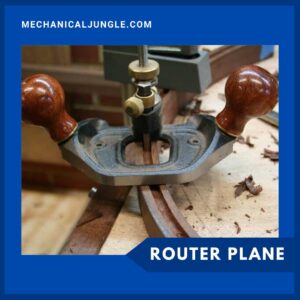
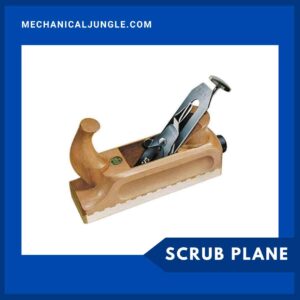
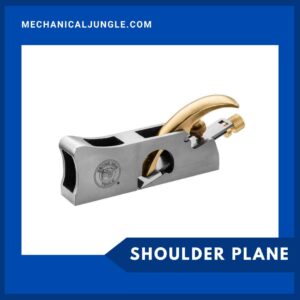
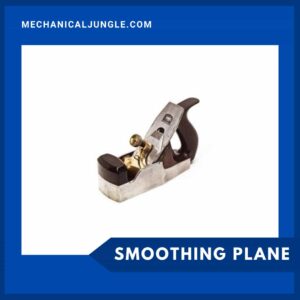
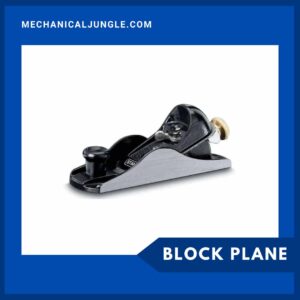
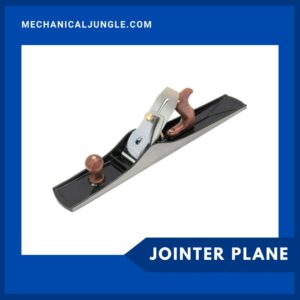
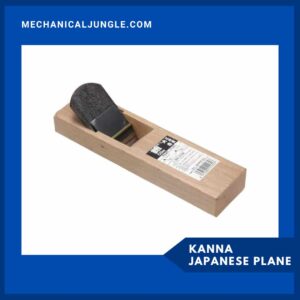
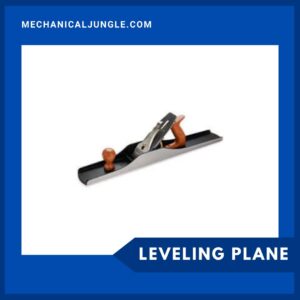

Leave a Reply